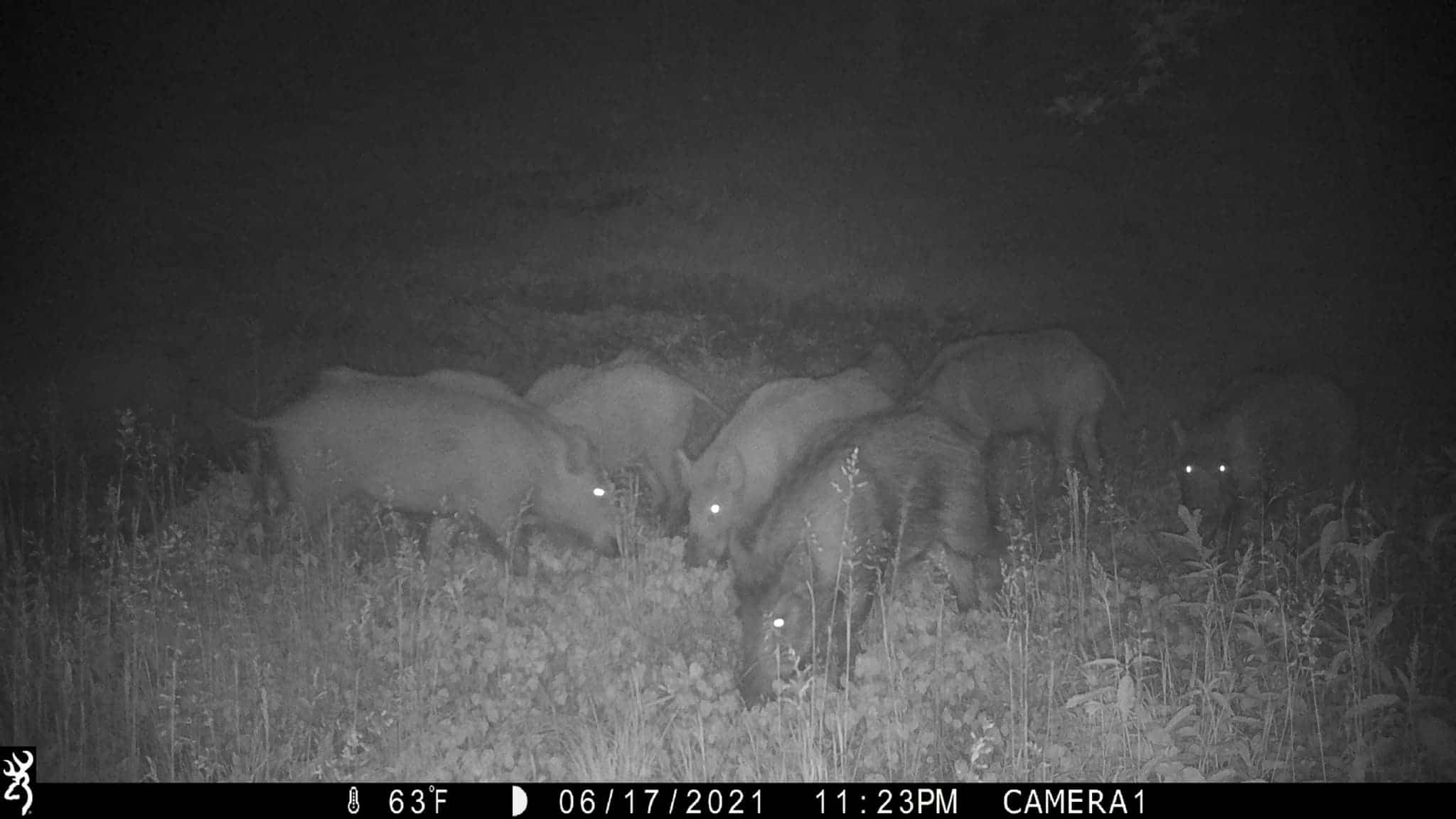Alberta encourages wild boar hunting as population skyrockets
Posted April 6, 2022 3:30 pm.
Last Updated April 6, 2022 7:18 pm.
An invasive pest is making its way through the province, and officials say it could put Albertans and the environment at risk if it isn’t brought under control.
Wild boars are not new to Alberta, but their population is spreading like wildfire – and they do damage along the way.
“They tear up fields and pastures, and can potentially spread disease to humans, pets, livestock, other wildlife,” said Ryan Brook with the Canadian Wild Pig Research Project (CWPRP). “They destroy water quality and they end up spreading E. coli, salmonella.”
That is why the province is expanding its wild boar trapping and control program, with the goal of eliminating the animals.
This includes compensation for farmers and two separate bounty programs. Hunters who turn in wild boar ears will receive $75 per set. Government-approved trappers will receive the same amount per set of ears per sounder.
The program runs until March 2023.
“We are taking action to get rid of this menace and help those affected by it before it gets worse,” said Nate Horner, Alberta’s minister of agriculture, forestry and rural economic development.
WATCH: Boar population growth in the Prairies from 1995 to 2021
While Brook is happy to see Alberta taking steps control the problem, he says a bounty might not be the solution.
“Sport hunting actually breaks up groups and spreads them across the landscape. It’s a bit counterintuitive, but unfortunately, it does not help and actually has actually been a major problem,” he said.
RELATED: Invasive wild pigs in national park for first time at Alberta’s Elk Island
Brook says trapping is more effective.
“Traps have a lot of positives, but they are limited in their mobility and take a lot of time, whereas in a helicopter you can cover in a few days the southern half of Alberta and find pigs and remove them rapidly, so those together is a dream combination.”
Wild boars have been spotted in 28 rural municipalities across Alberta and they’ve been inching their way closer and closer to Edmonton.
If their population isn’t controlled, they could soon call Edmonton’s River Valley home.










